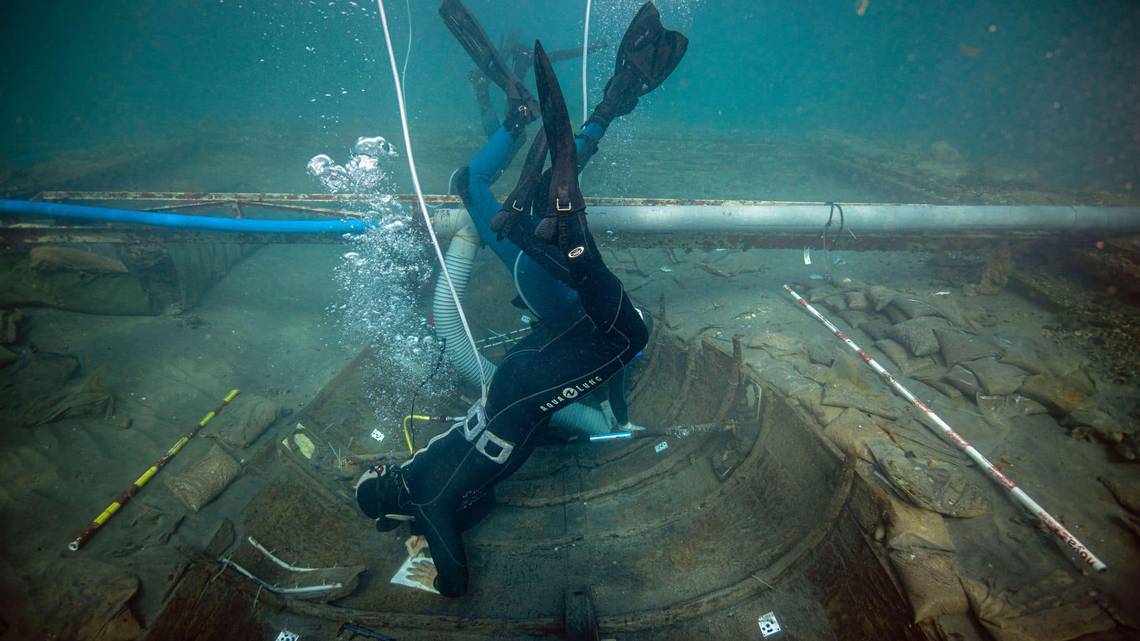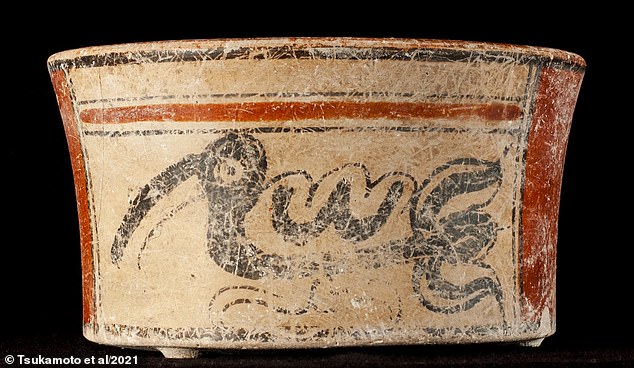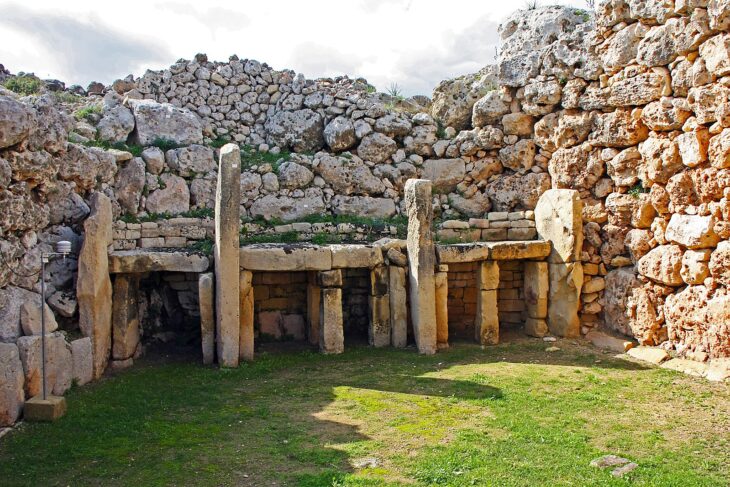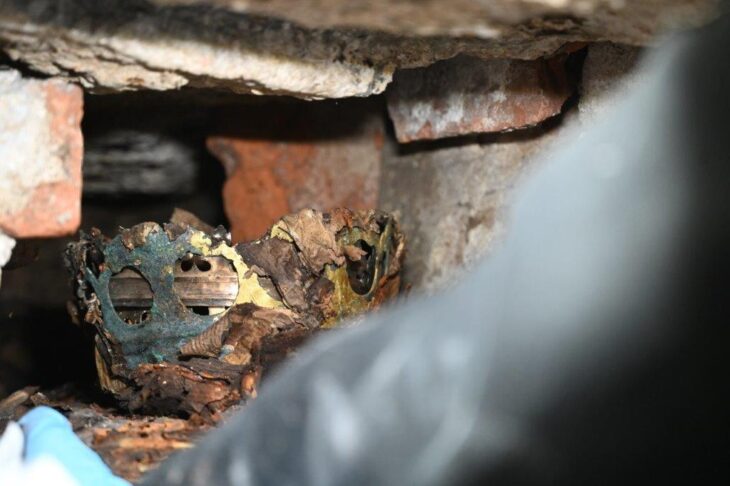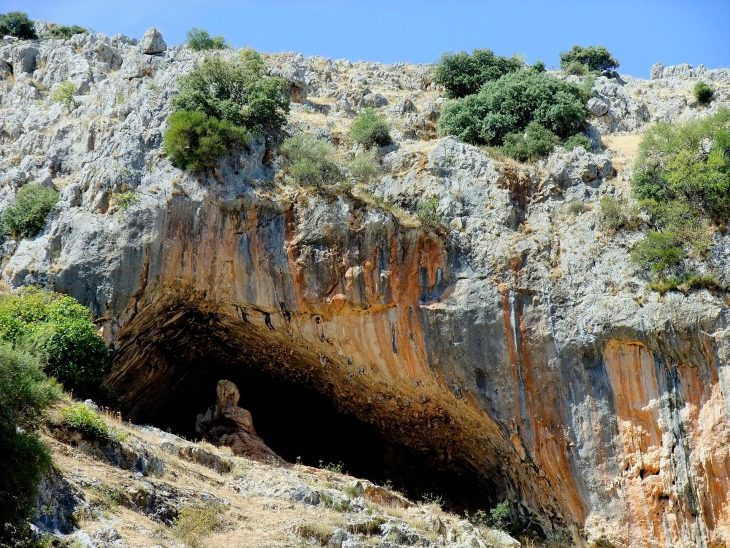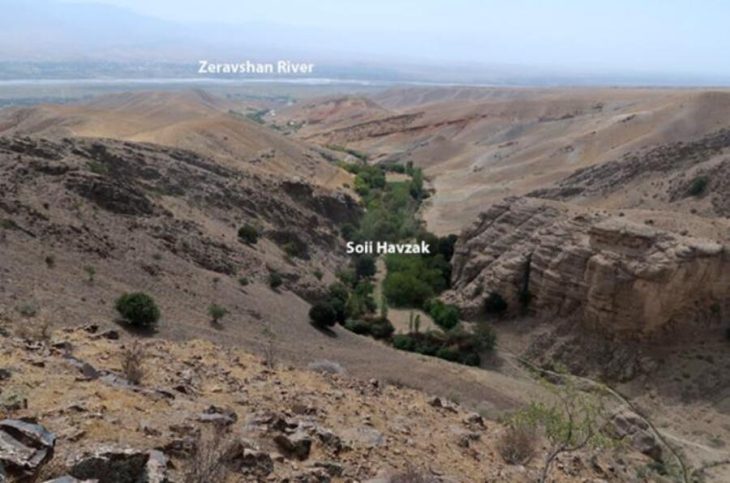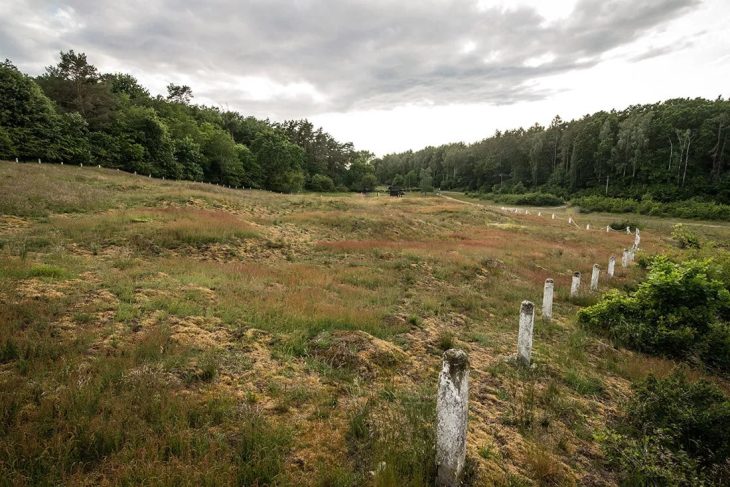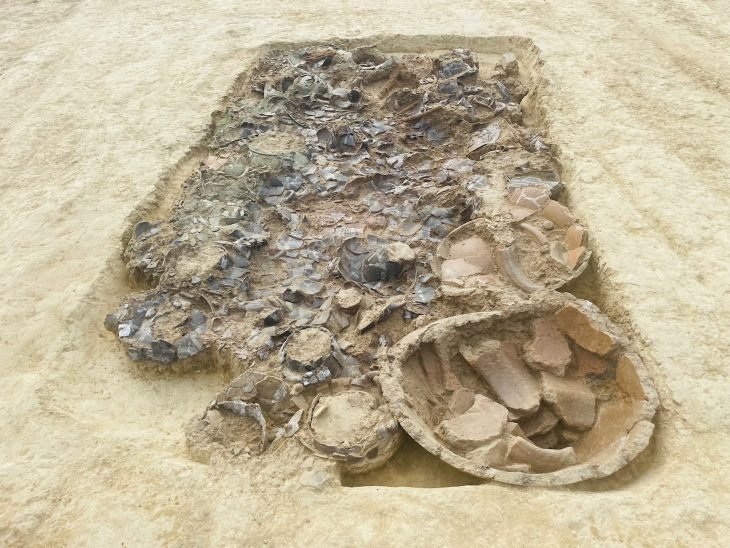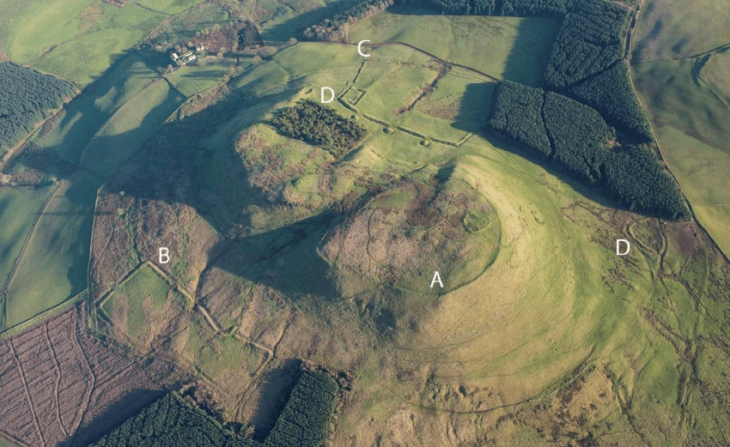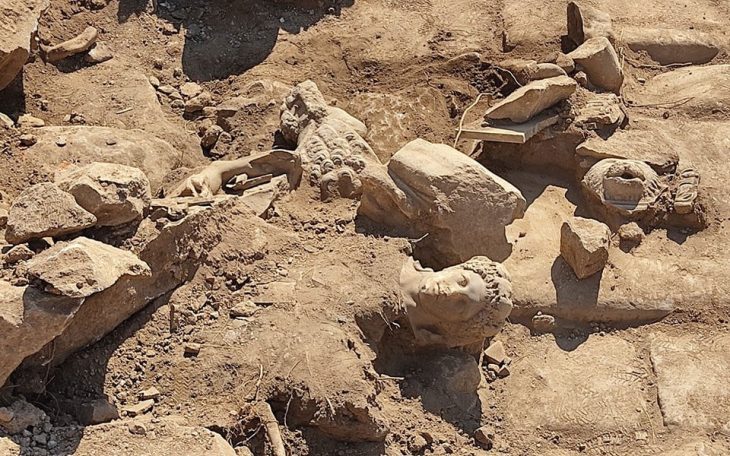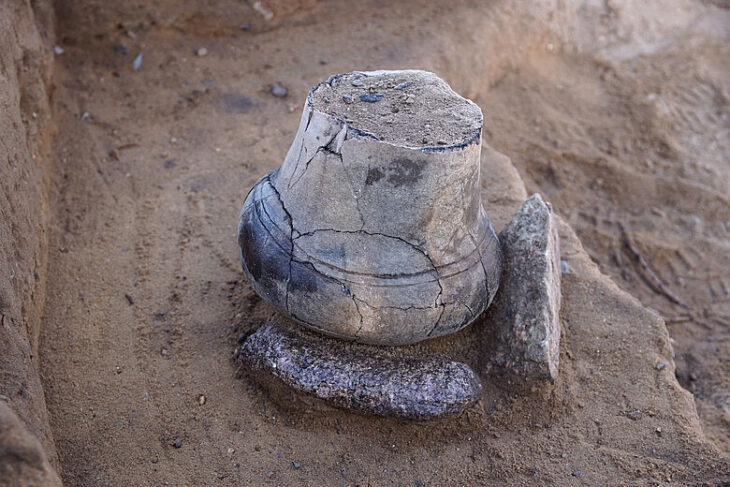A 2,500-year-old Phoenician shipwreck has been found underwater in the southeastern Spanish region of Murcia.
An extraordinary Phoenician shipwreck dating back 2,500 years has become the focal point of an ambitious rescue mission after being submerged in sediment for over two millennia. Spanish archaeologists are now working hard to recover the ancient shipwreck from the sea before a storm destroys it forever.
Named Mazarron II after the region where it was found, this remarkable archaeological discovery is considered a unique piece of ancient maritime engineering.
A team of nine skilled Spanish archaeologists from the University of Valencia has meticulously charted a detailed diagram of the ship to implement a comprehensive plan to salvage this ancient relic eventually.
The team from the University of Valencia, equipped with scuba diving gear, has spent over 560 hours documenting every crack and fissure in the eight-meter-long Mazarron II.
These experts have set a deadline to complete their expedition after countless hours of diving deep into the sea. They aim to retrieve the shipwreck this upcoming summer before it is further destroyed by storms.
Their extensive underwater surveys, which took place over two weeks in June, provided critical information about the shipwreck’s condition. This meticulous documentation will be critical in developing a strategy for retrieval and preservation.
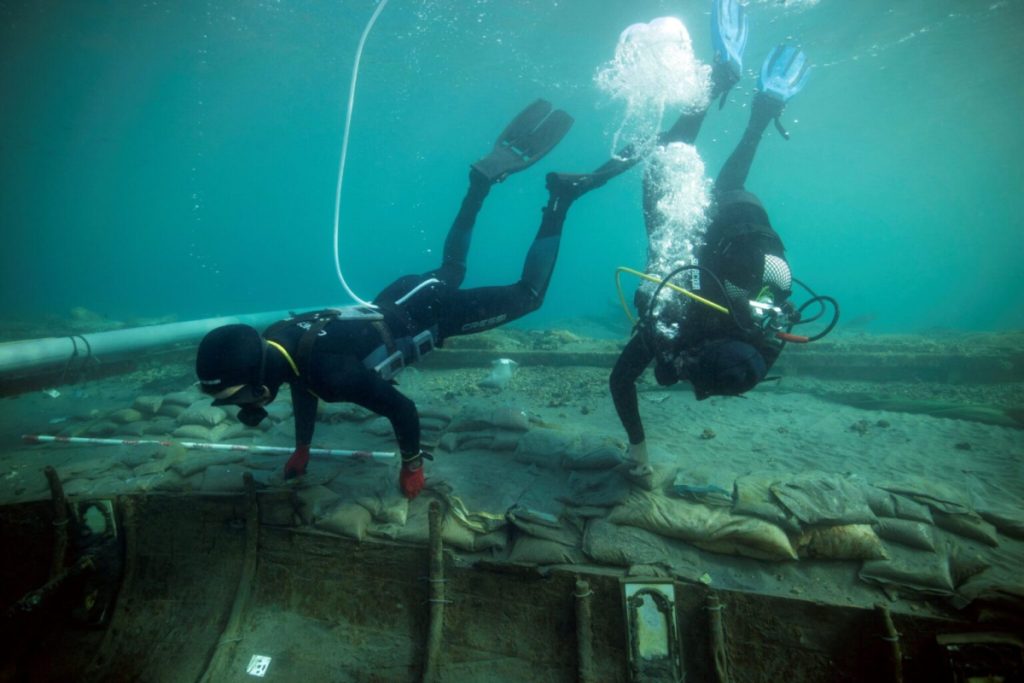
The wreck is “nothing short of exquisite,” Deborah Carlson, a professor of nautical archaeology at Texas A&M University, told McClatchy News.
“On the one hand, it occupies a very important place in history — both chronologically and geographically, because it exhibits construction techniques that are associated with the Levant, where the Phoenicians originated.”
In addition to its historical significance, the wreck, named Mazarron II, is also “in superb condition,” Carlson said.
However, the remarkably preserved ship may soon face destruction if left exposed to powerful underwater currents, Carlos De Juan, an archaeologist at the University of Valencia, told McClatchy News.
“It’s in a complicated area where the currents are affecting the seabed, taking away the sand, so we had to make a decision,” he said.
The decision: haul the entire 25-foot-long ship to the surface. The ambitious project will likely take over a year and require significant preparation, De Juan said.
The Mazarron II, estimated to have been constructed around 580 BC, offers a unique opportunity to gain further insights into the Phoenicians’ trading practices.
Cover Photo: UV Nautical Archaeology

